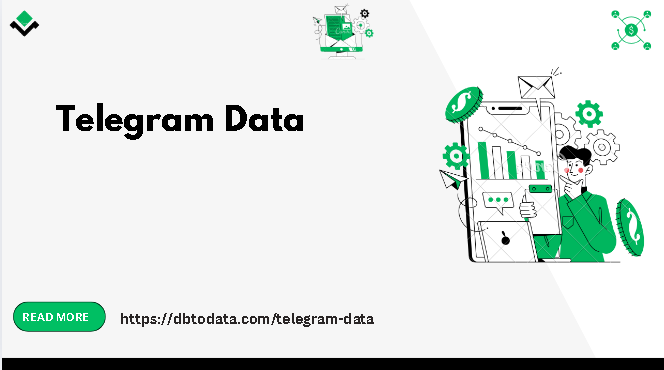What is a buyer persona and how to create Have you ever wondered what a buyer persona is, or who the person behind every purchase of your product or service really is? In the world of marketing and business, it’s not enough to simply assume who your customer is. To authentically and effectively connect with your audience, you need to go beyond basic demographics and deeply understand who you’re targeting. That’s where buyer personas come into play .
In this blog, we’re going to explore what a buyer persona is, why it’s so important for your business, and most importantly, how you can accurately and effectively create one. By knowing your audience intimately, you’ll be able to tailor your messaging, products, and services in a way that truly resonates with those who value what you offer the most.
It’s time to find out who your ideal client is and how you can speak directly to their heart!
What is a buyer persona?
A buyer persona, or ideal customer profile, is a semi-fictional representation of your ideal customer based on real data and market research. It goes beyond basic demographics and digs deeper into your potential customers’ motivations, behaviors, challenges, and goals. Buyer personas help humanize your audience and provide clear guidance for creating online marketing, sales, and product development strategies that resonate with them.
Why is it important to create a buyer persona?
Creating a buyer persona is crucial to thailand telegram data the success of any marketing and sales strategy, and understanding why it is so important can help you appreciate its impact. Here are the key reasons why:
1. Precise segmentation:
With a well-defined buyer persona, you can segment your market more effectively, directing your efforts to those who are truly interested in your offer.
2. More effective messages:
Knowing your buyer persona’s motivations and pain points allows you to create messages and content that resonate deeply with them.
3. Product development:
You can tailor or develop products and services that truly meet the needs and desires of your ideal customer.
4. Customized marketing strategies:
Design marketing campaigns and strategies that align with your buyer persona’s preferences and behaviors.
5. Improved customer experience:
You offer a more personalized and relevant experience, which can increase customer satisfaction and loyalty.
How do I know who my buyer persona is?
To understand your buyer persona, it’s essential to dig deeper into who your ideal customers really are. This process involves more than just knowing who buys your products or services; it’s about understanding their motivations, behaviors, challenges, and preferences.
The first step in identifying your buyer gradually add different types persona is to gather detailed data about your current and potential customers. This starts with market research. Use surveys and interviews to gather information directly from the people who interact with your brand. Ask about their needs, challenges, interests, and how they relate to your product or service. This type of direct interaction will give you clearer, more personalized insights.
Types of buyer personas
Buyer personas are key marketing tools ge lists that help companies better understand their ideal customers, facilitating the creation of more effective strategies.
1. Negative Buyer Persona:
Represents the profile of customers who are not desired or who do not add value, as they may have very different needs or be expensive to serve. Example: “Customers who only seek aggressive discounts and are not loyal to the brand.”
2. Buyer Persona Decision Maker:
This type focuses on customers who have the power to make purchasing decisions within a company or group. Example: “IT managers who select software solutions for the company.”
3. Buyer persona Influencer:
Focused on those who do not make the final decision but influence it. Example: “Close collaborators of management who recommend products or services.”
How to create the ideal buyer persona for your business?
Creating the ideal Buyer Persona for your business is essential to developing more effective and personalized marketing strategies. Below are five key steps to achieve this:
1. Research your audience
Collect data about your current and potential customers. Some ways to do this include:
Interviews and surveys :
Talk to real or potential clients.
Data analysis :
Examines data from social networks , Google Analytics, and CRM.
Competitor Study :
Look at how other businesses are segmenting their audiences.

